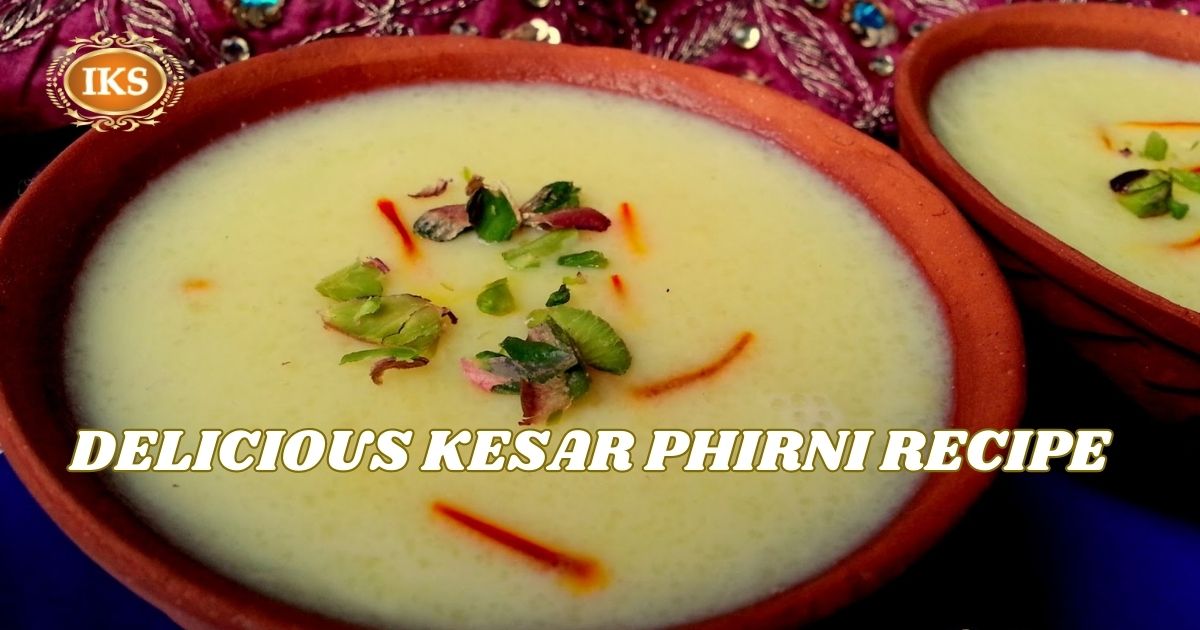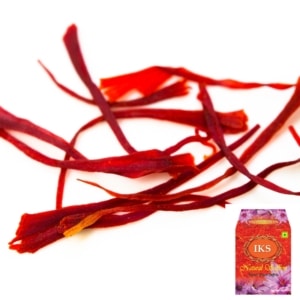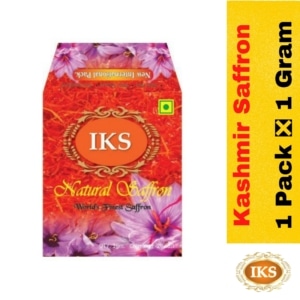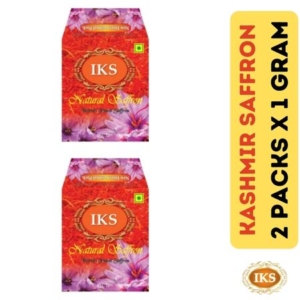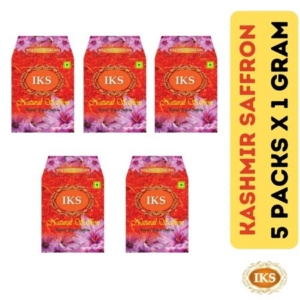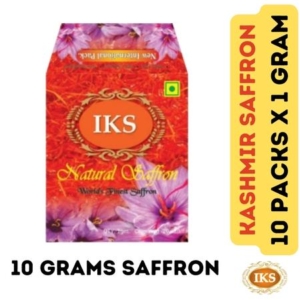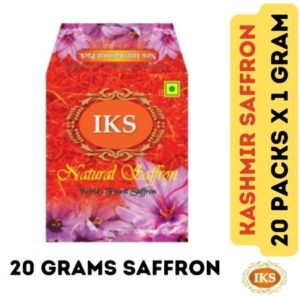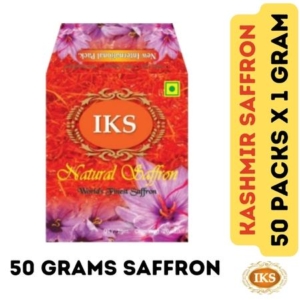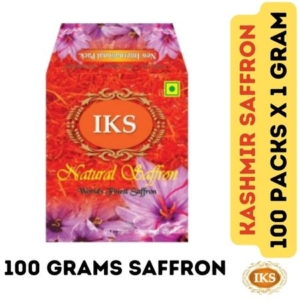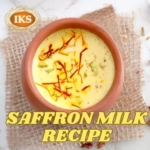Delicious Kesar Phirni Recipe
Welcome to our culinary haven, where we explore the enchanting world of Kesar Phirni Recipe, an iconic Indian dessert that tantalizes taste buds and wraps you in the warmth of tradition. In this article, we unveil the secret to crafting the perfect Kesar Phirni that delights not only your palate but also your senses. Join us on this gastronomic journey as we share the recipe, nuances, and cultural significance of this delectable delight.
Embracing Tradition: The Significance of Kesar Phirni
Kesar Phirni, also known as Saffron Rice Pudding, is a cherished sweet dish deeply rooted in Indian culture. As part of festive celebrations and family gatherings, it holds a special place on dining tables across the nation. The infusion of aromatic saffron strands, slow-cooked rice, and the richness of milk creates a harmonious symphony that pays homage to age-old traditions.
The Art of Crafting Kesar Phirni
Ingredients:
To embark on this culinary journey, gather the following ingredients:
1/2 cup of Basmati rice
1 liter of full-fat milk
A pinch of IKS saffron strands
1/2 cup of sugar
4-5 green cardamom pods
1/4 cup of assorted nuts (almonds, pistachios), finely chopped
Method:
Rinse and Soak the Rice:
Begin by rinsing the Basmati rice under cold water until the water runs clear. Soak the rice in water for about 30 minutes. This step ensures a creamy texture to the Phirni.
Blanching the Almonds:
Immerse the almonds in boiling water for a minute, then plunge them into cold water. Peel the skin off and finely chop the almonds. This adds a delightful crunch to the Phirni.
Preparing Saffron Milk:
Infuse the IKS saffron strands in a tablespoon of warm milk. Let it sit for a few minutes, allowing the saffron to release its mesmerizing color and aroma.
Draining and Grinding the Rice:
After soaking, drain the rice and grind it into a coarse paste. You can add a splash of milk to facilitate the grinding process.
Boiling the Milk:
In a heavy-bottomed pan, bring the remaining milk to a gentle boil. Stir occasionally to prevent the milk from sticking to the bottom.
Adding Rice to Milk:
Once the milk has reduced slightly, add the ground rice paste to it. Stir continuously to prevent lumps from forming.
Infusing Flavors:
Crush the cardamom pods to release their aroma and add them to the simmering milk and rice mixture. Pour in the saffron milk, allowing the flavors to meld together beautifully.
Sweet Symphony:
Gradually add sugar to the Phirni mixture, stirring until it dissolves completely. The sugar enhances the sweetness and balances the flavors.
Garnish and Chill:
When the mixture reaches a creamy consistency and the rice is thoroughly cooked, remove it from the heat. Stir in the blanched almonds and chopped pistachios. Pour the Phirni into individual serving bowls and let them cool. Refrigerate for a few hours until the Phirni sets perfectly.
The Culinary Triumph: Serving and Enjoying Kesar Phirni
As the Phirni sets and matures, its flavors intertwine, creating an irresistible symphony of taste and texture. Serve the Kesar Phirni chilled, garnished with slivers of almonds and pistachios. Each spoonful encapsulates the essence of tradition and indulgence, making it a fitting finale to any meal or a standalone treat.
Pro Tip: Enhance the experience by serving the Phirni in earthenware pots, which infuse an earthy aroma and elevate the presentation.
Conclusion
Kesar Phirni transcends its role as a mere dessert; it embodies the cultural heritage and culinary expertise of India. Its velvety texture, saffron-infused charm, and rich history converge to create an unforgettable dessert experience. So, whether you’re celebrating festivities or simply craving a slice of tradition, embrace the magic of Kesar Phirni and relish the taste of India’s cultural richness.
Remember, the key to mastering Kesar Phirni lies not only in the ingredients and technique but also in the love and reverence for tradition. As you embark on this culinary adventure, you’re not just crafting a dessert; you’re weaving a thread into the fabric of Indian heritage.

